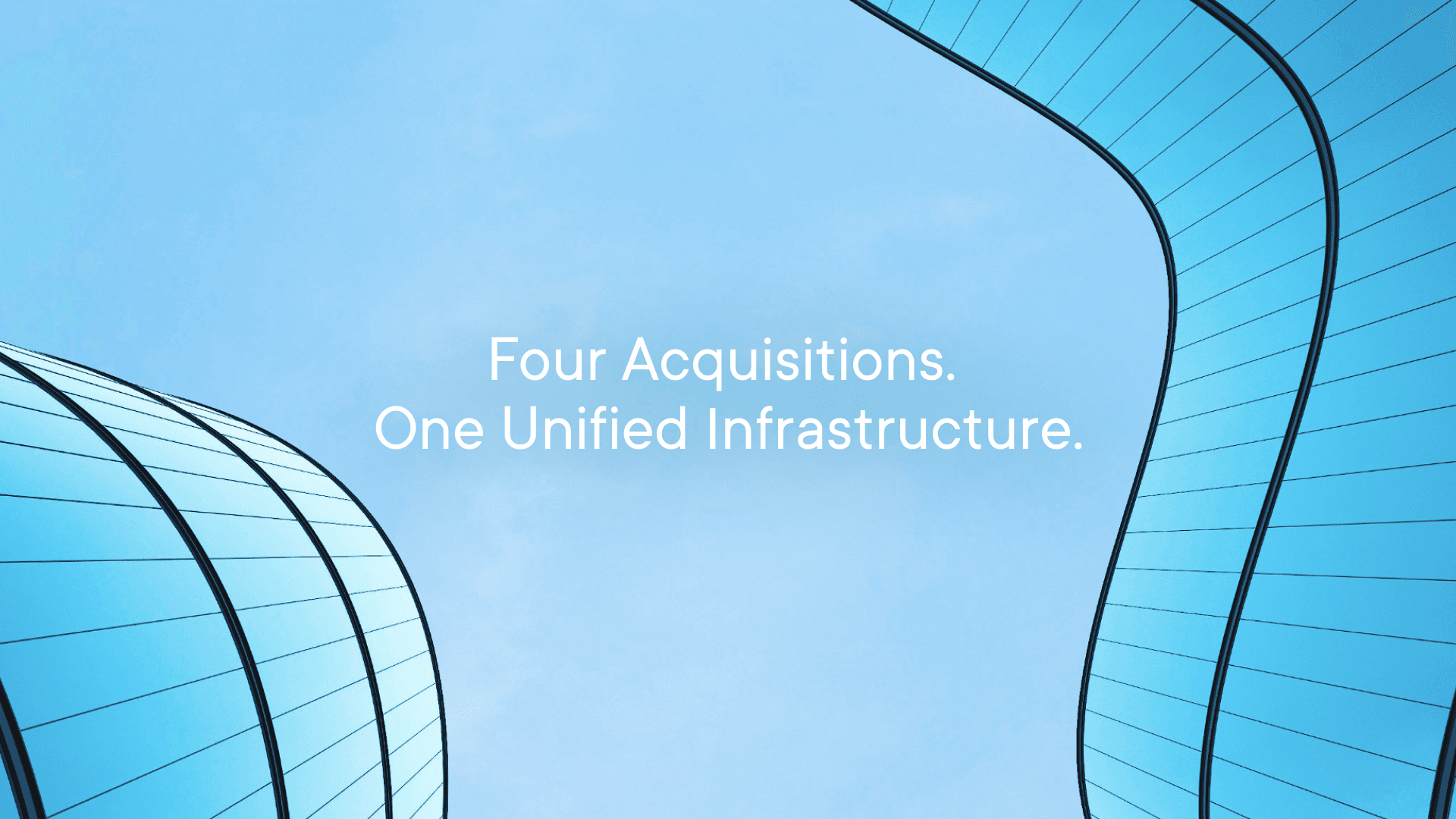The market for tokenized financial assets is expanding at a breakneck pace. The total value of tokenized assets is expected to reach $6 trillion this year and soar to nearly $19 trillion by 2033—a staggering compound annual growth rate of 53%.
This rapid expansion is driven by a convergence of structural and market forces, including regulatory advancements, technological breakthroughs, growing institutional adoption and investor demand. Major financial players are no longer treating tokenization as an experiment, but rather a strategic and evolutionary development in modern financial services.
In a new Ripple and BCG tokenization report, we examine the state of tokenization today, where it’s headed and why now is the time for institutions to move from pilot programs to large-scale implementation.
What is the Tokenization of Financial Assets?
Real-world asset (RWA) tokenization is the process of converting ownership rights into digital tokens on a blockchain. These tokens can represent non-financial assets such as fine art, diamonds or collectibles, as well as financial instruments such as securities, real estate or funds. By recording legal claims to such financial assets on a shared ledger, tokenization enables instant settlement, enhanced transparency and compliance, 24/7/365 trading—even fractional ownership so that more investors can participate in markets.
Unlike a simple digital overlay or bolt-on to existing financial infrastructure, tokenization is a complete redesign that is fundamentally reshaping how financial markets operate. It promises a future where systems are programmable, interoperable, always on and widely accessible, updating today’s fragmented and sluggish financial architecture with a seamless, dynamic alternative.
How Financial Asset Tokenization Works
Tokenization bridges the gap between traditional and decentralized finance (DeFi) by representing RWAs as blockchain-based tokens, unlocking new liquidity and efficiency gains for financial institutions. A RWA tokenization platform like that of the XRP Ledger (XRPL) maximizes these advantages for partners and issuers as they transition through the three phases of tokenized asset adoption.
1. Phase 1: Low-Risk Adoption
This is when banks and investment firms actively on-board familiar products as tokens to test readiness, realize immediate operational gains and stand-up basic infrastructure like digital asset custody and issuance.
2. Phase 2: Institutional Expansion
Firms often begin to tokenize more complex assets with deeper requirements that can also unlock broader value and gains. Continued momentum depends on clearer regulations, more sophisticated platforms and a commitment to challenge traditional revenue streams.
3. Phase 3: Market Transformation
This phase is a system-level reinvention wherein traditionally illiquid assets can become tokenized, shared infrastructure becomes the norm and industry-wide collaboration is standardized. Defined by profitability, this final phase marks the next generation of finance.
The Benefits of Tokenization in Financial Services
Despite incremental innovation, the global financial system still runs on decades-old infrastructure that is slow, fragmented and increasingly at odds with the needs of modern markets, clients and capital flows. Tokenization represents a fundamental shift—turning traditional financial instruments into programmable, agile software.
The process of digitizing RWAs into tradable tokens can enhance liquidity, transparency and accessibility by enabling 24/7 transferability, near-instant settlement and automated compliance via smart contracts. This reduces reliance on intermediaries, accelerates transactions and broadens market access.
Financial institutions benefit from lower costs, faster settlement and expanded investor reach, while customers gain enhanced security, fractional ownership opportunities and more efficient asset management.
Examples of Asset Tokenization in Financial Services
Financial institutions are already leveraging tokenization across various asset classes to enhance efficiency and unlock new value. Investment-grade bonds and real estate have shown meaningful early traction and are commercially viable today, but some others require key enablers like new standards and solutions to emerge before adoption can reasonably scale.
Investment-Grade Bonds
The $140 trillion global bond market has long been constrained by high issuance costs, slow settlement times and an over-reliance on intermediaries. Tokenization addresses each of these challenges, dramatically cutting operational costs, enabling real-time settlement and using smart contracts to automate processes. This use case and its benefits have been demonstrated by a number of major banks that have already executed tokenized bond issuance on both permissioned and public blockchains.
Real Estate
Tokenization brings liquidity to the $300 trillion real estate market—a notoriously illiquid and opaque asset class—by streamlining transactions and enabling fractional ownership. While institutional-grade assets such as commercial properties, infrastructure projects and large-scale property funds are already being tokenized, the continued development of secondary markets will help reduce illiquidity discounts and encourage greater participation.
Collateral & Liquidity Management
The $16 trillion global repo and collateral market suffers from fragmented settlement processes and slow asset mobility. With tokenization, banks can realize significant savings through on-chain collateral pledging, real-time transfers and smart contract-based margin management. However, for tokenization to reach scale in this sector, the industry must establish interoperable token standards, common margin rules and regulatory clarity on re-hypothecation.
Trade Finance & Working Capital
Global trade finance exceeds $10 trillion in volume, but remains burdened by back-office inefficiencies and manual processes. Tokenization can streamline operations by enabling real-time invoice settlement, programmable payments and improved access to liquidity for businesses of all sizes. To scale effectively, standardized digital documentation, legally recognized smart contracts and integration with logistics and banking infrastructure are needed.
Treasury & Cash Management
For businesses that hold substantial cash in low-yield accounts, tokenization can unleash liquidity by allowing treasurers to push cash into money market funds, automate intraday liquidity management and perform instant FX transactions via stablecoins. Ripple’s own stablecoin, Ripple USD (RLUSD), enables near-instant cross-border settlement, providing enterprises with greater financial agility while maintaining auditability and control. Maximizing these benefits hinges on the introduction of advances like programmable stablecoin rails and real-time internal treasury systems.
Considerations for Financial Institutions Interested in Asset Tokenization
While tokenization offers a compelling solution for modernizing financial markets, it is not a one-size-fits-all approach. Financial institutions should consider several key factors when assessing whether tokenization is the right fit for specific asset classes. For example, tokenized assets are most effective when they provide significant global access to new markets, substantially reduce costs and inefficiencies, enable fractional ownership, streamline logistics and settlement or enhance trust within an asset class. If the traditional structures in place already adequately meet these needs, tokenization may not be suitable.
As the conditions for broader adoption align and we look toward the next phase of tokenization—defined by execution within the emerging market infrastructure—early movers have the advantage. Global banks, crypto custodians and financial market infrastructure (FMI) providers have an opportunity to serve as system builders, shaping the infrastructure layer of this new tokenized finance future to define market access, pricing and user experiences. On the other hand, mid-sized and regional institutions can serve as enablers and integrators, carving out competitive positions to first establish their relevance and then drive adoption.
The market is evolving. Financial institutions that act now will lead the next era of finance, while those that hesitate risk being left behind.
Download the Ripple and BCG tokenization report today to learn more.







